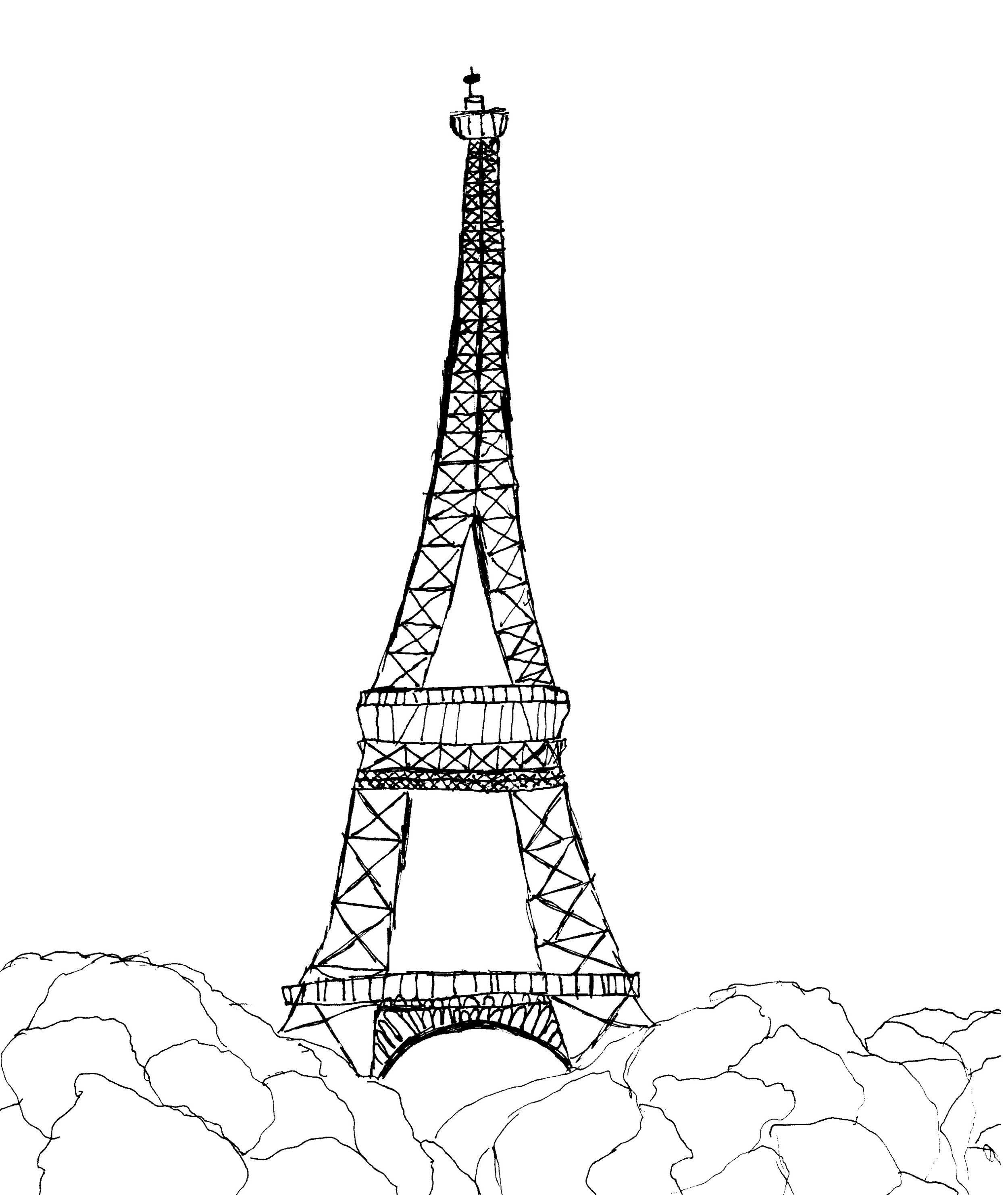Nestlé
Samples of Nestlé Toll House Cafe, 2012. Image credit: Saroona1989, CC BY-SA 3.0, via Wikimedia Commons
Nescafé coffee. Perrier bottled water. Kit Kat chocolate bars. Häagen-Dazs ice cream. DiGiorno frozen pizza. These familiar brands and many others are part of Nestlé, S.A., the largest public food and beverage company in the world. Based in Vevey, Switzerland since German immigrant Heinrich Nestle ‘Frenchified’ his name into Henri Nestlé and developed a dairy-based baby food there in 1867, the company has grown organically and through acquisitions to reach in CHF 91.4 billion (~ USD 114 billion) in annual revenue and more than 275,000 employees with a presence in 185 countries around the world.
Almost 150 years ago, brothers Charles and George Page immigrated to Switzerland from their roots in rural Illinois. They raised funds to establish the Anglo-Swiss Condensed Milk Company and sold canned condensed milk across Europe, eventually building production facilities in England and Germany to supplement their Swiss factories. Meanwhile, Henri Nestlé, trained as a pharmacist, experimented with dairy and grain products to produce an infant formula as an alternative to breast milk. His Farine Lactée Henri Nestlé became a commercial success throughout the continent and its production process drew the attention of a Vevey neighbor, Daniel Peter, a chocolatier who was a pioneer in the development of milk chocolate. The two joined forces a partnership that would become the Nestlé Company in 1879 by which time Nestlé had retired from his professional career.
Nestlé headquarters building in Vevey, Switzerland (2008). Image credit: Nestlé, CC BY 2.0, via Wikimedia Commons
Over the next few decades, the Anglo-Swiss Condensed Milk Company had expanded its product lines to include infant formula whereas Nestlé had entered the condensed milk market. The rivals decided to merge in 1905, becoming the Nestlé and Anglo-Swiss Condensed Milk Company with 20 factories and a variety of food and beverage products sold around the world. The global presence served the firm well when the Great War broke out. It was able to face challenges in the forms of ingredient and labor shortages by moving manufacturing out of war zones to Australia and the United States. The company also took advantage of lucrative opportunities to supply military contracts and civilians with transportable and nonperishable sustenance. By the end of the war, the company had doubled its number of factories but the falloff in government contracts and economic troubles of the 1920s and 1930s resulted in its first operating loss.
The crisis caused Nestlé and Anglo-Swiss to hire professional management and centralize operations in Vevey, including its research and development activities. Its 1929 purchase of Peter-Cailler-Kohler, a large Swiss chocolate company, renewed the prominence of chocolate as a major focus. A decade later, Nestlé and Anglo-Swiss introduced Nescafé instant coffee, which became a favorite of Allied military personnel and was included in CARE packages as World War II wound down. The company merged with Swiss soup and seasonings company Alimentana in 1947 and successfully rolled out Nestea and Nesquik instant drinks along with Cerelac, a powdered infant cereal. Postwar rebuilding activity and growing prosperity boosted the demand for convenience products such as these while advances in cold storage enabled the production and sale of refrigerated and frozen food and beverage offerings. Nestlé expanded into canned and packaged goods through internal development as well as the acquisition of other companies.
Entering into its second century of existence, the company was renamed Nestlé S.A. in 1977 and branched out from food and beverages with the purchase of Alcon, a United States-based pharmaceutical and eye care product manufacturer. Its strategy subsequently evolved into nutrition, health, and wellness, prompting Nestlé to cull some brands while broadening its product portfolio by acquiring firms across the globe such as consumer foods companies Buitoni-Perugina of Italy and Carnation Company of the United States and Perrier Group of France for its mineral water business. Its product development efforts paid off again with the unveiling of Nespresso coffee products in 1986.
Nestle company logo in 1868. Image credit: Nestle, Public domain, via Wikimedia Commons
Nestlé accelerated a greater push into health and nutrition in the 21st century through acquisitions such as those of Novartis Medical Nutrition and Wyeth (Pfizer) Nutrition and Gerber baby food while joining other organizations to address issues of nutrition, access to clean water, and socio-economic development worldwide. It established the Nestlé Institute of Health Sciences and Nestlé Institute of Agricultural Sciences to support its operations and has invested in areas where nutritious food products can supplement or stave off medical interventions to improve health outcomes. The company has also prioritized sustainability across various stages of its sourcing, manufacturing, packaging, and distribution activities.
The humble beginnings of this Swiss-based multinational powerhouse are reflected in Nestlé’s corporate logo, which has not materially changed since Henri Nestlé first drew from his family’s coat of arms to depict a mother bird feeding three babies in a nest. Changes in lettering font and the number of baby birds have not altered the symbolism of Nestlé’s commitment to providing nourishment to people, and now their pets as well, just as Henri Nestlé was inspired to do a century and a half ago.
Jeu de français
From its Francophone base on the shores of Lac Léman (Lake Geneva), Nestlé operates in multiple languages and adapts to numerous cultures as a global company. Follow in its footsteps by filling in the crossword below with French terms for the English clues.
Subscribe to our newsletter to receive Art de vivre posts, information about courses, Conversation Café, special events, and other news from l’Institut français d’Oak Park.




